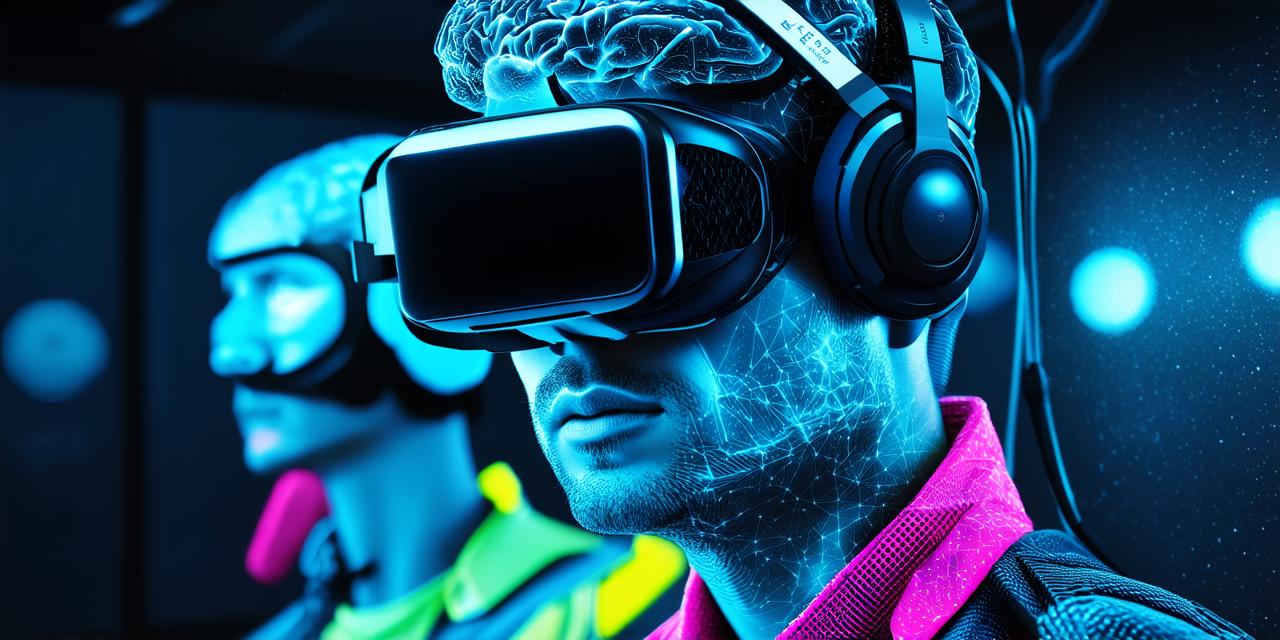Virtual Reality (VR) technology is rapidly advancing, and its applications are being explored in various fields. One area that has gained significant attention in recent years is the impact of VR on brain development. This article will explore the potential benefits and risks of using VR for brain development, as well as some examples of how it has been used in this context.
Benefits of VR on Brain Development
One of the main ways that VR can impact brain development is through its ability to provide a safe and controlled environment for learning and exploration. For example, VR simulations can be used to teach students about different subjects, such as history, science, or engineering. By providing an immersive experience that allows students to interact with the material in a more engaging way, VR can help improve their understanding and retention of information.
Another potential benefit of VR on brain development is its ability to enhance cognitive skills such as attention, memory, and problem-solving. These skills are crucial for success in many areas of life, including academics, careers, and personal relationships. Research has shown that using VR can improve these cognitive skills by challenging the user to engage with the environment in new and unexpected ways.
Risks of VR on Brain Development
While there are many potential benefits to using VR for brain development, there are also some risks to consider. One of the main concerns is that prolonged use of VR can lead to motion sickness or other physical side effects. This can be especially problematic for young children who may not have fully developed their inner ear systems.
Another risk of using VR is that it can potentially disrupt normal sleep patterns. Research has shown that exposure to bright, flickering lights at night can make it harder to fall asleep and stay asleep. If used improperly, VR could exacerbate this problem by providing an overstimulating environment in the hours leading up to bedtime.
Examples of VR in Brain Development
Despite the potential risks, there are many examples of how VR has been successfully used for brain development. For example, researchers have used VR simulations to help patients with PTSD process traumatic memories in a safe and controlled environment. This can be particularly helpful for individuals who may not feel comfortable revisiting certain events or places in real life.
In addition, VR has been used to treat conditions such as autism and ADHD by providing a structured and predictable environment that can help individuals develop social skills and other cognitive functions. For example, a study published in the Journal of Autism and Developmental Disorders found that children with autism who used a VR-based therapy tool showed significant improvements in their social communication skills compared to those who did not use the technology.
Summary
In conclusion, VR technology has the potential to significantly impact brain development in both positive and negative ways. While it can provide an engaging and immersive learning experience that can enhance cognitive skills, it is important to be aware of the potential risks and take steps to mitigate them. As the field of VR continues to evolve, more research will undoubtedly be needed to fully understand its impact on brain development.
